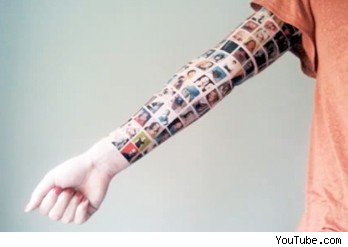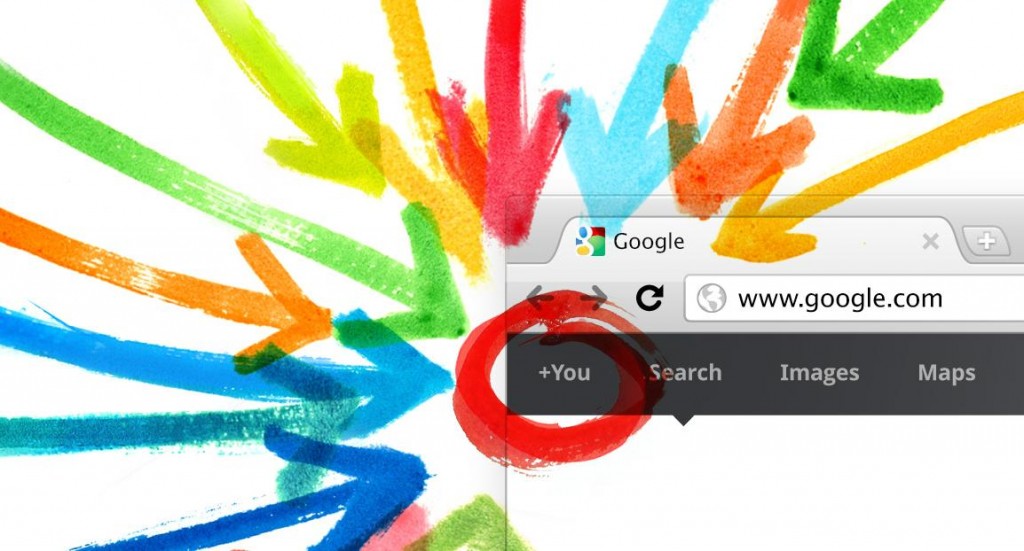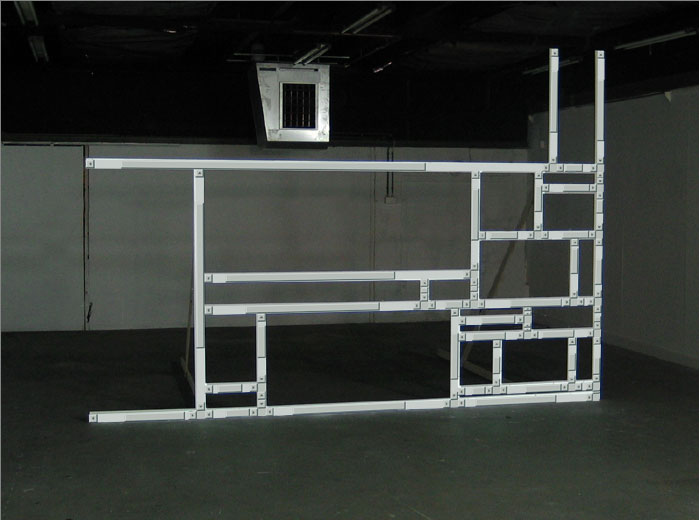 Chris Baraniuk, who writes one of my favorite blogs, the Machine Starts, is experiencing the current riots in London first hand (they’ve spread to other cites). His account of both the rioting mobs of destruction as well as those mobs trying to clean up the aftermath imply the ever complex pathways in which what I have called “augmented reality” takes form. [I lay out the idea here, and expand on it here]
Chris Baraniuk, who writes one of my favorite blogs, the Machine Starts, is experiencing the current riots in London first hand (they’ve spread to other cites). His account of both the rioting mobs of destruction as well as those mobs trying to clean up the aftermath imply the ever complex pathways in which what I have called “augmented reality” takes form. [I lay out the idea here, and expand on it here]
We are witnessing both the destructive and the constructive “mobs” taking form as “augmented” entities. The rioters emerged in physical space and likely used digital communications to better organize. The “riot cleanup” response came at augmentation from the reverse path, organizing digitally to come together and clean up physical space. Both “mobs” flow quite naturally back and forth across atoms and bits creating an overall situation where, as what so often occurs, the on and offline merge together into an augmented experience.
The rioting mob first realized itself in physical meat-space more...







 The
The